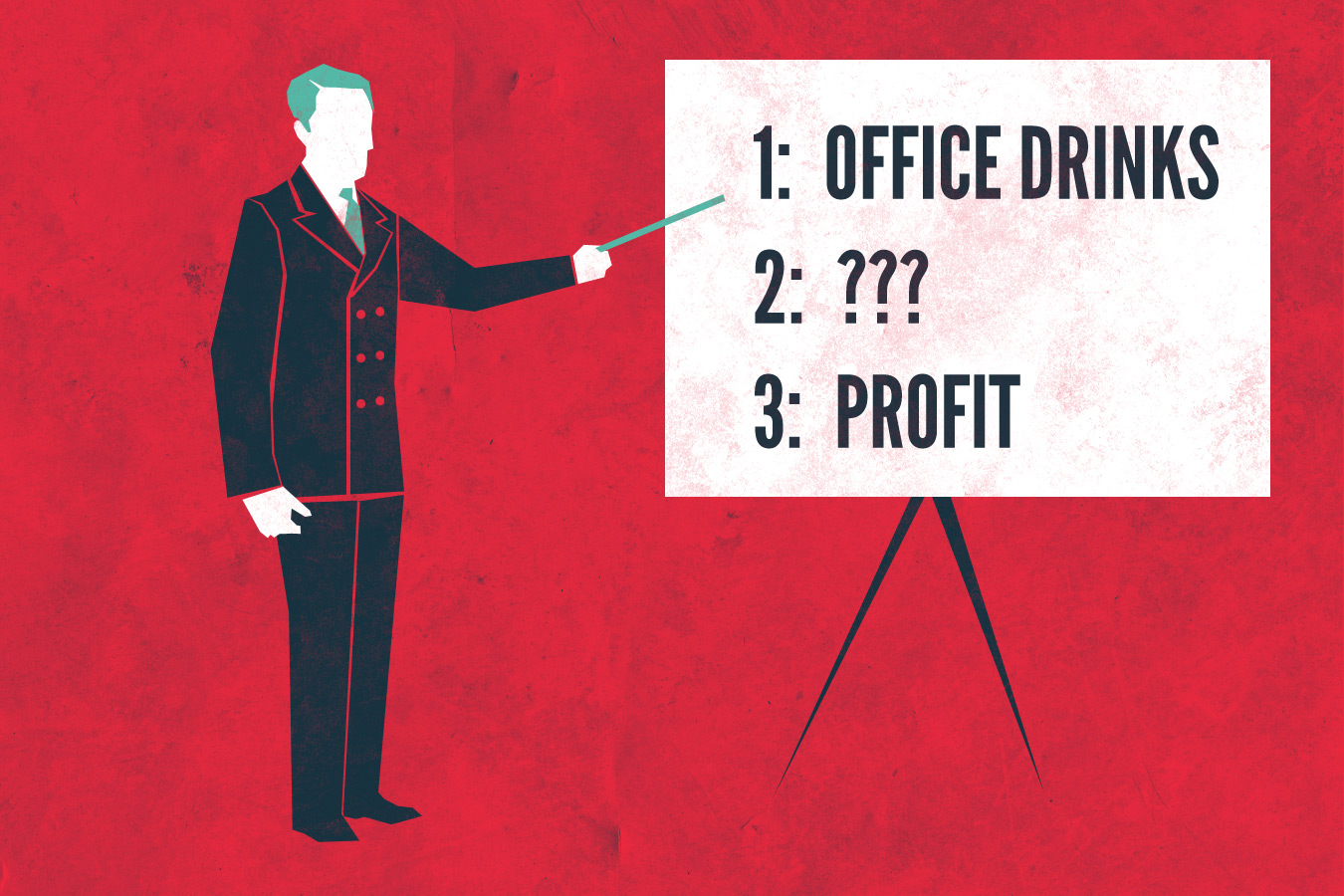Don Draper is the consummate creative genius; cool to a fault and beyond flawed. While I wouldn’t suggest adopting Draper as a mentor, I do follow those parts of his marketing philosophy that are timeless and essential to providing your company with the edge you need to get ahead.
It’s not a Wheel, it’s a Carousel
The 3-minute scene here is the most powerful of the entire series and possibly in all of TV history. What the scene manages with its situational double entendre is to make a meaningful connection both to the onscreen client a well as you, the viewer, and it is *tear* marvellously successful.
By ‘connection’ we don’t mean the cheap sentimentality of telephone commercials, but rather a deep bond with your audience. Aaron Slipacoff sells Canada Goose jackets. It’s a hard sell for an online store; he sells the products for more than his competitors do and without a physical store where people can feel the fabric and try it on. Still, his wares are literally flying off the shelf because he uses his online site to tell a story about where the jackets come from.
“I wanted to present Canada’s past in a new, contemporary way. As someone who lived in the Canadian Arctic, I am really passionate about what Canada’s north offers the world geographically and culturally. I wanted people to experience those stories and the products that are inspired by the north,” says Aron. He put himself and the people who were originally responsible for the jacket design at the front and center. When shoppers visit his site, they feel a deep and abiding connection with their history, with their culture and with their country.
I Sell Products, not Advertising
Don is fairly uncompromising when it comes to providing his clients with quality. While he listens to what they are looking for, he only acquiesces to giving them what they need. Even in dire financial times, he rebuts efforts to squeeze everything he can out of his clients and opts instead to continue to provide the same high standard of content over form. The lesson here; nothing beats quality and loyalty.
The best way to get loyalty from your clients is to give it in return. Don’t always upsell; provide them with services and products that genuinely enhance their lives. When your products don’t perform as they should or your service is shoddy; fix it. Your loyalty and adherence to your principles and values is what turns potential clients into raving fans. These raving fans tell their friends, family and colleagues and nothing sells like a recommendation from a trusted source. Like the man says: “You want some respect? Go out and get it for yourself.”
If you don’t like what’s being said, change the conversation
Marketing isn’t about joining an existing conversation, it’s about starting a new one, about standing out, about being remarkable. The New York Times attempted to answer the question: “How many ads do you see in a day?” but only managed the fairly unhelpful finding of 3,000 to 20,000. Still, 3,000 is a LOT of advertising. If you think about your day yesterday, how many adverts managed to stand out? The only way to make your mark is to be remarkable and don’t be afraid to change the conversation.









